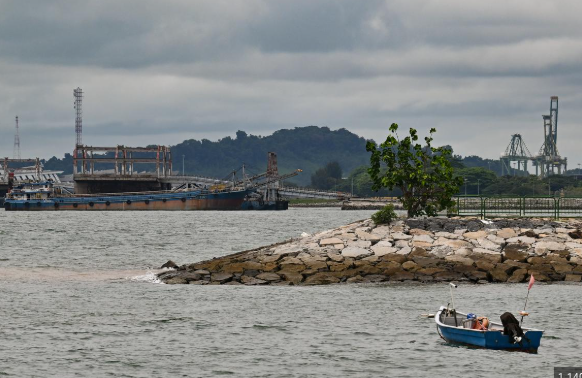New research highlights the role of sediment deposits in protecting coastal areas from climate change impacts.
SINGAPORE – A recent study by Nanyang Technological University (NTU) suggests that Singapore’s coastlines may be more resilient to sea-level rise than previously believed. This research, led by Research Assistant Professor Stephen Chua from NTU’s Earth Observatory of Singapore (EOS), indicates that sediment deposits are helping to protect the southern coasts, including the Kallang River Basin, even under conditions of rising sea levels.
As sea levels rise due to climate change, coasts typically retreat as cliffs, shorelines, and low-lying areas become flooded and eroded. However, the study found that sediment deposits in the Kallang River Basin, caused by heavy rainfall carrying materials like gravel, sand, and silt, have helped to preserve the shape of coastal areas. This sediment can replenish eroded land and support habitats like mangroves, which can grow and adapt to rising sea levels by trapping sediment in their roots.
The study focused on the Kallang River Basin because it is home to Singapore’s primary river system and key infrastructure, such as the Central Business District and the National Stadium. However, urbanisation has decreased the natural sediment rates along the coast due to altered river courses, land reclamation, and infrastructure developments. Despite this, heavy rainfall is a mitigating factor, as it increases surface runoff and channels sediment back to the coast.
Through analysis of sediment samples from Marina South, the researchers discovered that Singapore’s coasts were once mangrove-rich about 10,000 years ago, before transforming into a river delta as sea levels rose. This shift occurred during a period of rapid sea-level rise of about 5mm per year, similar to the current rise rate of 4mm per year.
The study suggests that high sediment supply areas, like Singapore, could potentially mitigate the effects of rising seas. Experts recommend sediment management and the use of nature-based solutions for coastal protection, such as hybrid sea walls and mangrove forests. These measures can enhance sediment retention and improve flood defenses.
Ongoing studies are being conducted to assess coastal protection needs across the island’s coastline, with solutions being tailored to the unique conditions of each area. The research team, in collaboration with agencies like PUB and the National Parks Board, will continue to explore areas such as the north-western coast, where weaker waves and muddy coastlines may require different methods of protection.


